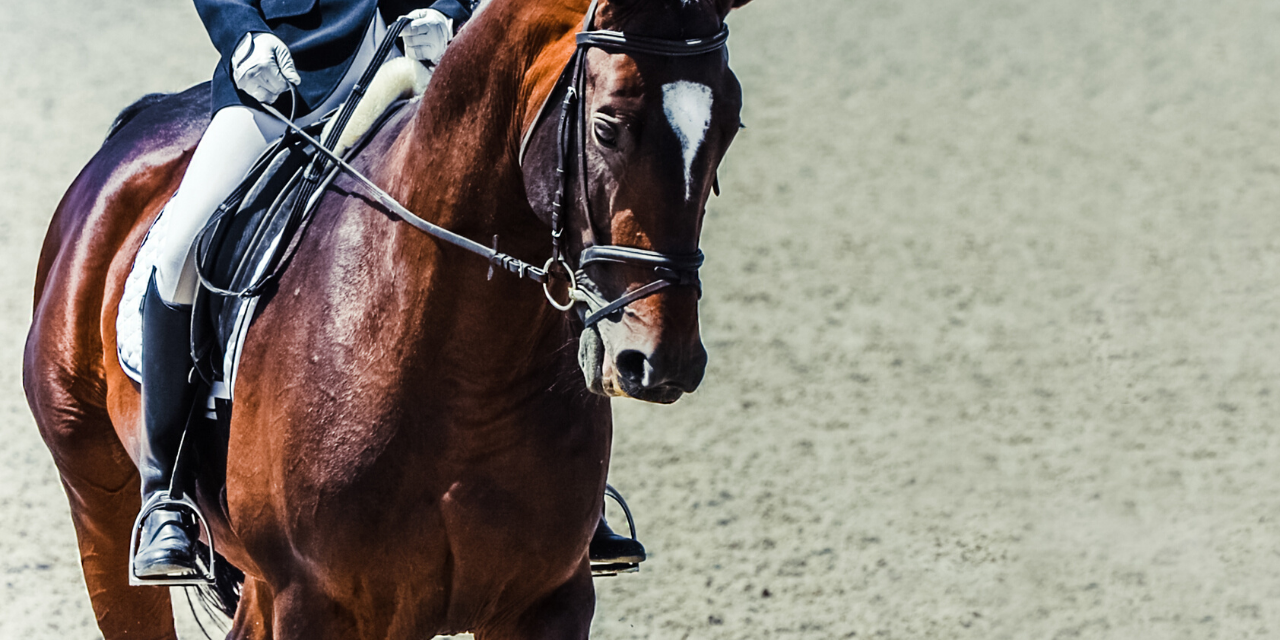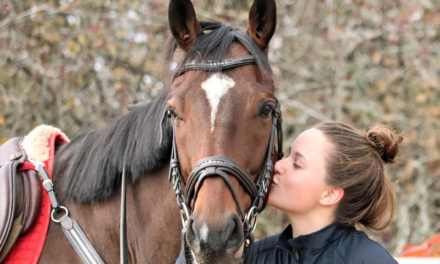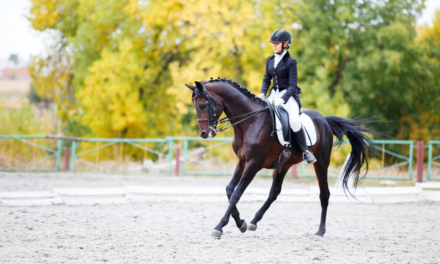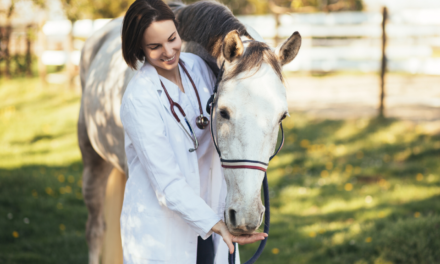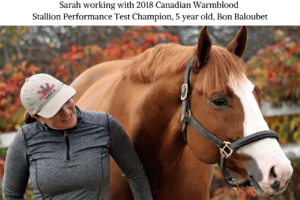We may earn money or products from the companies mentioned in this post. For more information please check out our disclosure page
I’m guessing if you are reading this you are probably looking for the solution to solve your swaying lower leg position. Believe me I understand.
Despite decades of riding and years working hard to get my lower leg to remain quiet it took a lot of time and work (I still work hard at keeping my leg stable) to stabilize my leg.
Maybe your legs bounce, your knee rises, your leg flaps, or if you are like I used to be, it sways.
You know its happening and it drives you nuts, you probably look at other riders’ lower leg positions and wonder how their legs stay in place no matter what!
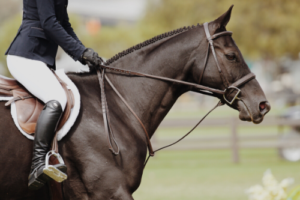
.
Not having a stable leg means we can’t use it effectively in order to ride our horse to its best ability. That darned leg being disobedient and not following what our brain wants it to do gets in the way of the lovely position we are attempting to achieve!
Ultimately the better we train our leg to be stable, the more balanced we are, enabling us to improve our ride and our horses performance.
Does one or more of the following apply to you?
- What is an unstable lower leg position?
- Can you identify what your leg is doing when you ride?
- Does it swing, sway, wobble, heels go back or up?
- Do you lose your stirrups often?
- When you go over a jump does your leg fly back?
- When you transition does your leg fly forward?
- Do you lose balance while trotting?
- Does your inside leg go forward when you apply your outside leg for the canter lead?
- All of the above are signs of an unstable leg, specifically the lower leg.

.
What causes an unstable lower leg?
- First check the length of your stirrup and make sure it is not too long
- Excessive knee gripping
- Not enough weight in the stirrups
- Lower leg is in the incorrect position, either too far forward or too far back
- Rider has poor upper body balance and core strength is either poor, or not engaged enough
- Saddle is not the correct fit for the rider. I personally have experienced this more recently. In a couple of saddles my leg has literally swung like a pendulum, yet when I change saddle my leg has locked into position.
- Rider is not placing enough weight in the stirrups
- Heel is pushed down but pushes leg forward.
- Upper body is tipped forward past the vertical too much and hip is too closed.
- Upper body is leaning back past the vertical and hip is too open.
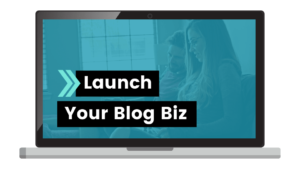


One thing that still affects my lower leg is the type of horse I ride. I find that when I am on a very forward horse I revert to hold habits and start gripping with my knee. I currently ride three horses, two of which I can establish a steady lower leg because they need leg to engage the hind end. The third horse is very reactive to the leg and she becomes very forward. As a result the natural human reaction is to remove the leg, at which point we pinch with the knee.
Firstly the reaction to remove the leg is incorrect. We need to desensitize the horse to accept the leg. So we have to train ourselves to accept that, hold the leg and wait for the horse to understand that steady pressure of the leg doesn’t mean go forward.
I mention this because as a rider you will need to be able to identify this as a possible reason why your leg swings.
As yourself whether your horse feels very forward, and if so, do you remove the lower leg and hold with your knee?
There are so many different things to think about!
What does a stable lower leg look like?
A stable lower leg is one that is quiet and supports the riders balance in the rest of the body when the horse is in motion.
Any leg movement is controlled in the use of applying necessary aids but then the leg returns to the proper position again.
Why is a stable lower leg so important?
- It helps keep you centered and balanced in the saddle
- It helps you to effectively apply aids when necessary
- It will help improve both yours and your horses performance
- You will have better balance over jumps
- You will have better balance for transitions
How Do We Get A Stable Lower Leg?
To obtain a stable lower leg position takes A LOT of practice and body awareness. You will need to put dedication and focus into developing a good leg but don’t give up – it will come!
One exercise both myself and my students work at is standing up straight in your stirrups with a slight bend in the knee only.
Ride this way in all gaits as this will help you feel where it is necessary for your leg to be for the rest of your body to be fully supported. Hold the mane when you are first trying to get balanced.
At first it will feel strange and you will feel you can’t maintain it, but once you get used to the feeling you will gradually be able to let get of the mane. Repeat often and this will work wonders for your lower leg.
Make sure your foot is placed correctly in the stirrup with the proper weight distribution.

.
Allow your lower leg to be long through the back of the leg and flexing through your ankle into your heel. Your ankle should absorb the horses motion.
Ensure you have the ear, shoulder, hip, and heel alignment correct
Ensure your body is not too far in front of, or behind the vertical. You need to be centered in the saddle, with weight evenly distributed.
Having an active and strong core will go a long way in helping your balance, which in turn will help with stabilizing your lower leg.
Many people make the mistake of bringing their heal up and back when they are trying to use their lower leg, This is the wrong thing to do but something that happens often because it is what we THINK works.
THINK MORE OF CLOSING YOUR CALF AGAINST THE HORSE AND TURNING YOUR TOE OUT AT THE TIME YOU WANT TO APPLY THE LOWER LEG.
Ultimately your goal is to train your body and create muscle memory until it is second nature for you to hold or change position.
- Ride as often as you can
- Ride as many horses as you can
- Build muscle memory at your desk, in your car, watching television, anywhere you are!
- Think about the positioning of your leg, holding your core, pretending you are riding the horse and work on the muscles that will help you hold that core and leg in position.
- The balance board below has made a HUGE difference to my riding, my leg, and my core strength. It’s fun and cheap to buy. I learned to use it through assigned extra exercises from my chiropractor appointments. I can honestly say I had to buy one myself! I stand and use it watching the television. I focus on core, and think about my lower leg application while maintaining balance. So simple and easy, yet big results
Muscle memory takes time to build but the more you practice the greater the rewards
admin
Latest posts by admin (see all)
- A Horse For All Reasons – Guest Blog by Lucy from Horse Factbook - April 8, 2020
- How To Deal With A Spooky Horse Trail Riding - March 31, 2020
- Our Top 20 Amazon Equestrian Products - January 30, 2020

